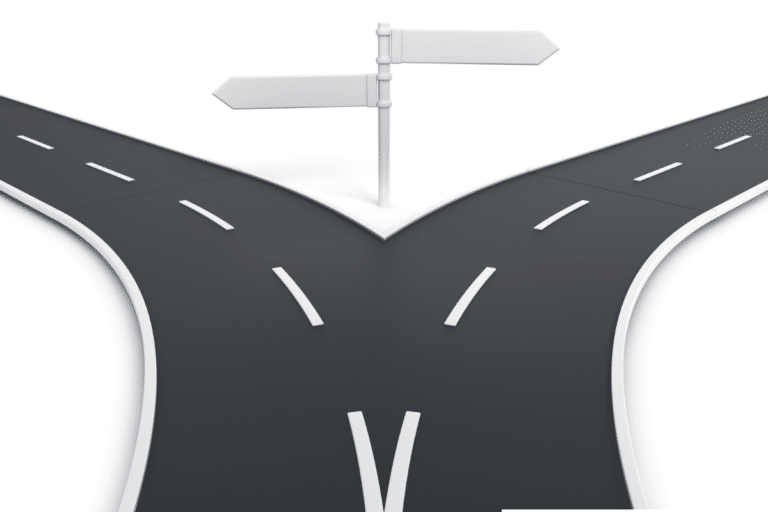Motorcyclists have many concerns on the road, and one common topic of conversation concerning bikers in Utah is lane splitting or the act of a motorcyclist maneuvering between lanes of traffic. Since motorcycles have narrower frames than larger passenger vehicles and take up less space in a lane, it’s relatively easy for a motorcycle to slip between two vehicles in adjacent lanes. While some states allow the practice, or at least do not have specific laws banning the practice, Utah is not one of them.
Utah law prohibits lane splitting, but it does allow two motorcycles to ride side-by-side in the same lane as long as both bikers consent to the practice. This may sound dangerous, but as long as both bikers are confident in their riding abilities and pay close attention, sharing a lane in this manner can actually have some advantages. For example, a motorcyclist riding at night is less visible due to only having one taillight, and two motorcycles traveling side-by-side can give the illusion of taillights of a larger vehicle to drivers behind the motorcycles.
Recent Changes Suggested in Utah Law
The Utah state legislature recently floated bill HB410 which would allow lane-splitting as long as motorcyclists can safely complete the action without exceeding 40 miles per hour. Representative Gabe Froerer sponsored the bill and cited the fact that motorcyclists face seven times greater risk of suffering injury or death in a crash while stationary or in slow-moving traffic than during a lane-split. HB410 would allow motorcyclists to split lanes as long as they do not exceed 10 miles per hour over posted speed limits. HB410 did not pass, however, after the Utah House of Representatives quashed it with 29 supporting the bill and 45 voting against it.
Supporters of the bill believe that State Representatives who voted against it may not understand the advantages it would present to Utah drivers and how it could make driving safer around motorcycles. Most lane-splitting occurs at red lights, and motorcyclists move between lanes to the front of the line. This may sound unfair, but the reality is that it makes driving safer for everyone in the area. When the light turns green, the motorcyclists who moved forward are in front of traffic and can get out of the way of larger vehicles easily instead of intermingling in slower-moving traffic where accidents are more likely.
Avoiding Motorcycle Accidents in Utah
Considering HB410’s failure, Utah motorcyclists must adhere to the state’s existing law that bans the practice of lane-splitting. Failure to do so could result in legal penalties, and drivers can easily be startled by a motorcycle passing close by. Both motorcyclists and drivers of larger vehicles need to remain vigilant on Utah roads to prevent accidents.
Most motorcycle accidents occur due to lack of visibility. Motorcycles are smaller and harder to see than larger cars, especially if they travel in the “blind spots” of other drivers. The blind spots on most vehicles are behind and to the sides of the vehicle where the driver of the vehicle cannot see without turning his or her head. Performing a lane change when a motorcyclist is attempting to lane split can lead to a catastrophic accident.
Until Utah’s laws change, motorcyclists may not split lanes on Utah roads. If a motorcyclist lane-splits and an accident occurs, the state follows a modified comparative negligence law, so the motorcyclist will likely absorb at least some of the fault for the accident. Motorcycle accidents can result in catastrophic injuries, fatalities, and costly damages, so it’s vital to follow Utah’s motorcycling laws to prevent accidents and reduce the chances of assuming liability for an accident. If you need experienced legal representation after an accident in Utah, speak with a Layton motorcycle accident lawyer at Feller & Wendt, LLC™.





